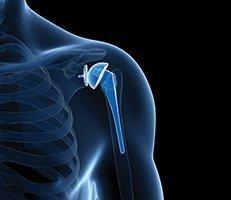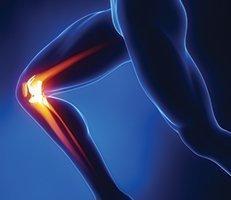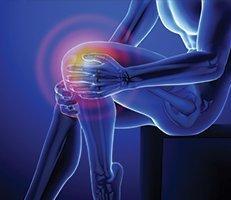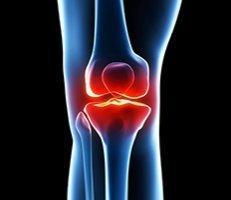Foot and ankle injuries are very common among athletes and non-athletes. We can injure ourselves from a variety of different activities such as high-impact sports or simply stepping off a curb and rolling our ankles. Early attention and diagnosis are critical. Untreated foot and ankle injuries could worsen with time if not treated properly.
Ankle & Foot Stress Fractures
A stress fracture is a small crack in a bone, which typically occurs from repetitive overuse from physical activity. High-impact sports like cross country running, basketball, gymnastics, dance, tennis or football are likely to cause a stress fracture in the foot or ankle.
Stress fractures most often occur in the weight-bearing bones of the foot and lower leg.
Symptoms of a foot stress fracture are:
- Increased pain with physical activity.
- Decrease in pain when resting from physical activity.
- Possible bruising, swelling and tenderness at the site of the fracture.
Ankle Fractures
The ankle joint is made up of three bones: tibia, fibula and the talus. An ankle fracture occurs when one or more of the bones in the ankle joint are separated (fractured) into pieces.
An ankle fracture can occur from a variety of injuries such as twisting, rolling, tripping, falling or high-impact injury of the ankle.
- Ankle fracture symptoms include:
- Severe pain immediately upon injury.
- Bruising, swelling and tenderness to the touch.
- Inability to put any weight on the injured foot.
- Potential deformity if the ankle joint is dislocated as well.
Ankle Sprain
An ankle sprain is a very common injury that affects athletes and non-athletes daily. An ankle sprain can happen from playing soccer or from tripping over a crack and “rolling” your ankle.
Ankle ligaments hold the ankle bones and joint in position and protect the ankle joint from any awkward movements like twisting, rolling or turning of the foot. When abnormal movements like twisting the ankle occurs you could potentially sprain your ankle.
The severity of an ankle sprain injury is determined by the “grade” of the sprain:
- Grade 1: Ligaments are stretched but not torn.
- Grade 2: Ligaments in the ankle are partially torn, but not completely torn. Sprains may cause loss of function in the ankle.
- Grade 3: Ligaments are completely torn. This is a severe sprain that requires medical or surgical treatment. Grade three sprains could potentially have a small chip of bone with it, called an avulsion fracture.
Ankle sprain symptoms depend on the grade of the sprain. However, the most common symptom is pain, swelling and tenderness at the site of injury.
Contact Dr. Millstein today if you have sustained a foot or ankle injury.Next, learn about Ankle Fracture Surgery.
















